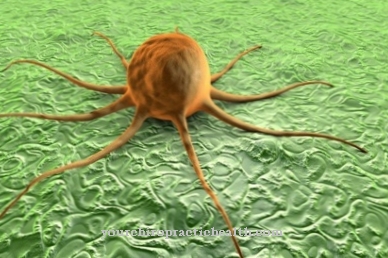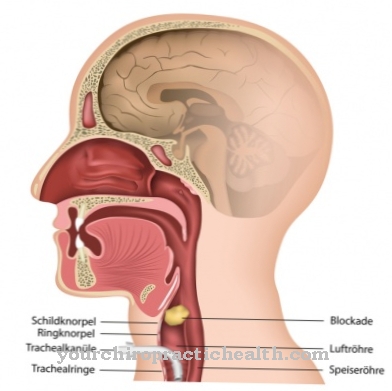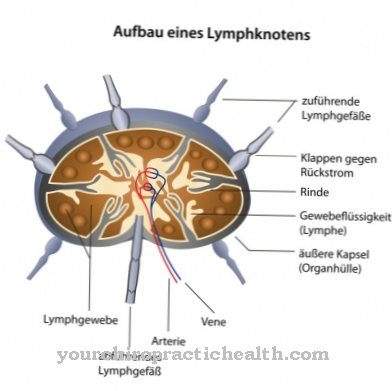A Tendon tear often arises during exercise. But even if overexcited tendons are suddenly mechanically overloaded, a tendon rupture can occur. In the case of preloaded tendons, it can even happen that the tendons tear when subjected to everyday stress, while healthy tendons only tear when they are subjected to extreme loads or when they are subjected to external force.
What is a tendon tear?

© gritsalak - stock.adobe.com
The job of the tendons is to transfer the strength of the muscles to the skeleton. Tendons consist of high tensile strength collagen fiber bundles. Since they do not have their own blood vessels, they feed on the tissue fluid, which, however, only slowly passes into the tendons. Movement is necessary for optimal care, as it allows the tensile strength of the various tendons to be trained.
At a Tendon tear it is therefore a tearing or rupture of a tendon due to a sudden overload. A jerky contraction of the associated muscle can also lead to a tendon tear.
Often there is already a previous degenerative damage to the corresponding tendon. The most common tendon tear is the Achilles tendon tear. But other tendons can also be affected.
Quadriceps tendon ruptures, ruptures of the biceps tendons or patellar tendon ruptures are just as common. The rotator cuffs of the shoulders are also often affected.
causes
Degenerative changes occur in the tendon tissue from the age of 30, which means that the tendon tissue loses its elasticity due to age. Just like ligaments, tendons can tear partially or completely. The attachment point of a tendon on the bone can also be torn out (apophysis). The bone can also be broken if the tendon is torn (avulsion fracture).
Damage to the tendons occurs particularly often in areas that have only limited blood supply, for example near the heel on the Achilles tendon or near the humerus on the supraspinatus tendon.
Corresponding accumulations of tendon injuries can be detected in different sports, for example the Achilles tendon in sports such as running, skiing or tennis or the extensor tendons of the individual fingertips in volleyball or basketball.
Course of disease
If the tendon is injured, swelling and discoloration appear in the affected area as bleeding enters the tissue. The tendon tear is usually recognized on the basis of the physical changes, the pain felt by the person concerned, as well as function tests by the doctor and [[x-ray] 6 images.
The movement of the affected muscles is severely restricted after a tendon rupture. At a Torn tendon the pain is also very great. However, it is still possible to move the muscles, albeit with severe pain. If therapy is started immediately and carried out professionally, the prognosis that complete regeneration will occur is positive.
Symptoms, ailments & signs
A tendon rupture usually results from strong external stress or violence. This leads to typical and very painful symptoms that severely impair the everyday life of the person concerned. Immediately after a tendon is torn, a sharp pain occurs.
The sequence of movements is significantly disturbed so that walking or running is no longer possible. Every movement causes severe pain, so treatment by an appropriate doctor is essential.Another and at the same time common sign is severe swelling that occurs in the respective region of the tear. Bruising can also indicate an existing tendon tear.
If you leave such a clinical picture without any treatment, you run a great risk. The symptoms just mentioned worsen considerably if left untreated, so that under certain circumstances permanent consequential damage can even occur. For this reason, a tendon rupture is a serious injury that is usually accompanied by fairly typical and straightforward symptoms.
For a specific diagnosis, however, a specialist should be consulted so that specific treatment can be initiated. With appropriate treatment, the symptoms should subside promptly and quickly, so that a smooth recovery can be made possible.
Complications
As a result of a tendon rupture, there is initially restricted mobility. If the illness persists, this can lead to malpositions or muscle wasting in the affected region. If the swelling becomes inflamed, an abscess can develop which, if left untreated, can develop into a serious infection.
In the long term, a tendon tear can reduce the performance of the muscle. Even years after the injury, functional disorders and paralysis are possible, although this is extremely rare. More often, chronic pain occurs as a result of a tendon rupture, which requires lengthy therapy. Muscle hardening can also occur.
A severe tendon rupture can also have psychological consequences - for example excessive avoidance behavior. Bleeding, infection, thrombosis, or suture tearing rarely occur during surgery. When nerves are injured, numbness or paralysis can occur. Wound healing disorders and excessive scarring are also rare complications of tendon surgery.
Prescribed drugs are more likely to cause complications. For example, various side effects can occur after taking pain relievers and anti-inflammatory drugs. Common complaints: gastrointestinal problems, headache and skin irritation. Long-term medication can cause kidney and liver damage.
When should you go to the doctor?
A tendon tear should always be treated by a doctor. This disease cannot heal itself, whereby the symptoms usually continue to worsen without treatment and the quality of life of the person affected is significantly reduced. When a tendon ruptures, early diagnosis and treatment is of great importance. A doctor should be consulted if the person concerned is suffering from very severe pain in the respective tendon.
As a rule, this pain occurs with any movement, although the pain can also occur in the form of pain at rest. It is not uncommon for them to spread to neighboring regions and lead to severe complaints there as well. Furthermore, bruises or severe swellings on the affected tendon also indicate a tendon tear and should then be examined by a doctor if they do not go away on their own.
A general practitioner or an orthopedic surgeon can primarily be seen in the event of a tendon rupture. In emergencies or in the event of severe injuries and severe pain, a hospital can be visited directly or an emergency doctor called.
Treatment & Therapy
A medical examination must be done immediately if one is suspected Tendon tear consists. First of all, it is particularly important to suppress the pain and swelling. Good cooling and high storage should be initiated as initial measures. It is also important to calm down the relevant area.
If the tendon ends are close enough to allow them to grow together optimally, conservative therapy is usually carried out. If this is not the case, surgery is preferred. Even if the therapy is to be carried out as quickly as possible, for example for competitive athletes, an operation is often necessary. During surgical interventions, the ends of the tendons are sutured together. Sometimes the suture is reinforced with the skin of adjacent muscles. The extensor and flexor tendons of the hands are operated on within the next 24 hours.
Then the corresponding point is fixed with a special splint. Injuries to the Achilles tendon also require surgery in most cases. In order to relieve this after the procedure, special shoes are worn for several weeks. The next few months are used for rest and slow training. If the tendon is torn, immobilization with a support bandage or plaster of paris is sufficient in most cases.
prevention
To one Tendon tear To prevent this, appropriate warm-up exercises should be carried out before any sporting activity. The application of elastic bandages to particularly stressed areas is also recommended for prevention.
If the tendon tear is treated surgically, special follow-up care is required. After the procedure, the patient has to spend a few more days in the hospital. Physiotherapy is already starting there.
Aftercare
If the tendon rupture is close to the knee joint, a functional orthosis is put on in the clinic. The flexion is initially limited to 30 degrees. They are released for a further 30 degrees every two weeks. After discharge from the hospital, physiotherapy treatment is continued on an outpatient basis.
There are also regular check-ups with a specialist in orthopedics and trauma surgery. After an initial partial load, the leg can be fully loaded again after a few weeks. If the Achilles tendon is ruptured, the affected leg is immobilized in a stabilizing boot after both surgical and conservative therapy.
An equinus foot position of 20 degrees takes place in order to avoid unnecessary stress on the seam. The patient is already able to fully load his leg again. In addition, early functional treatments can be carried out in which the muscles can be trained and the tendon can be increasingly stretched again.
You can do that yourself
A tendon rupture is a sudden occurrence that, in contrast to a muscle fiber tear, can hardly be prevented by targeted warm-up before exercise. Self-help in everyday life therefore means above all to optimally structure the regeneration in the event of a tendon tear and to avoid a recurrence, i.e. a renewed tear.
The measures for the regeneration are the protection over the duration, which the doctor determines, as well as the performance of physiotherapy exercises learned at home. It also depends on the region of the crack how self-help can actually look like. If the biceps tendon ruptures, overhead work is not possible or avoided for a while, so that the household or everyday work may have to be restructured accordingly. A tear in the Achilles tendon means that the muscles of the calf must not be overloaded, as these exert direct tension on the tendon. In this context, high shoes can also relieve the Achilles tendon. The attending doctor or physiotherapist will also give you precise instructions in this regard.
Anyone prone to tendon tears can do fascia training. This is possible with special roles. Yin Yoga is a form of yoga that also focuses on fascial stretching and can therefore have a positive influence on the stability of the tendons in the body. Hot baths can also relax the tissue and make it less prone to injury.

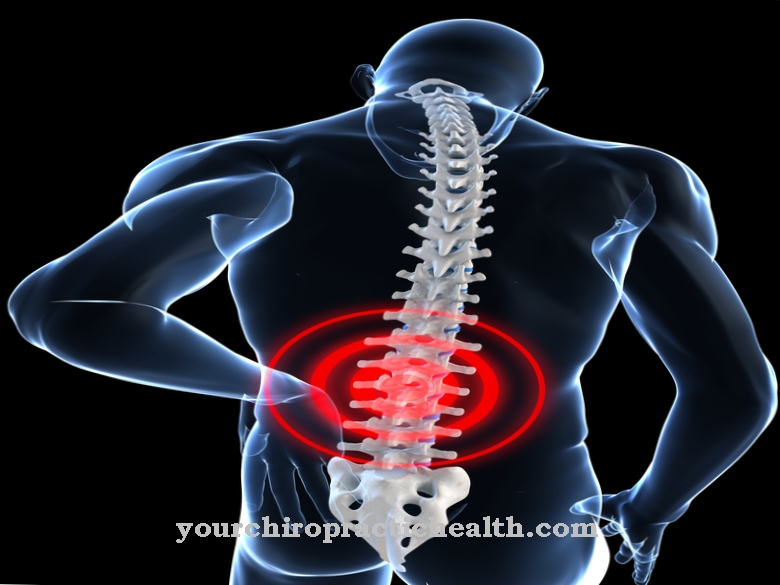

.jpg)

.jpg)



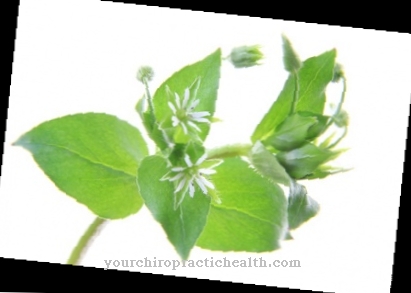


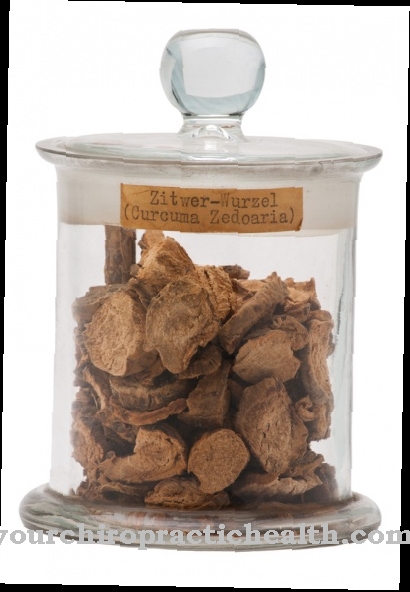


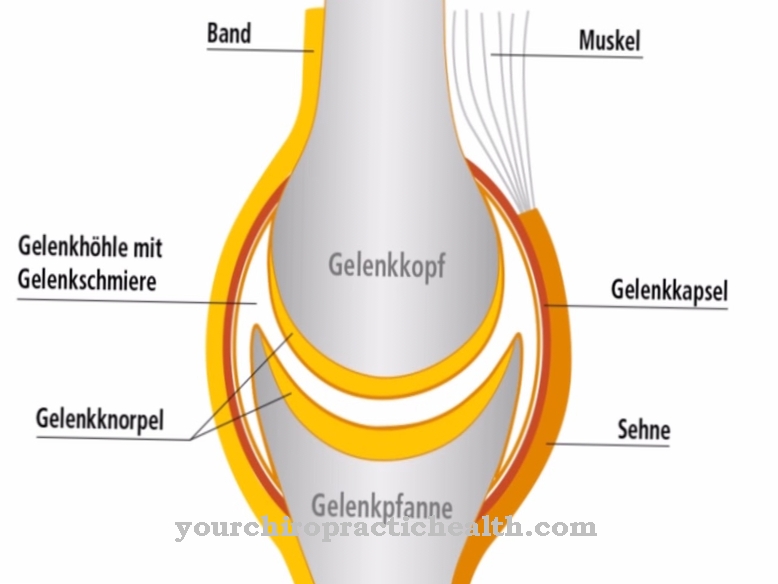
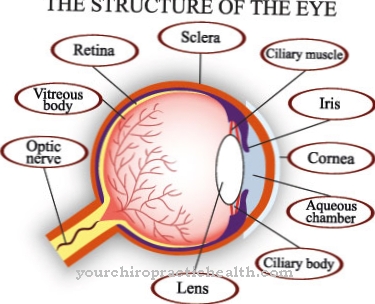



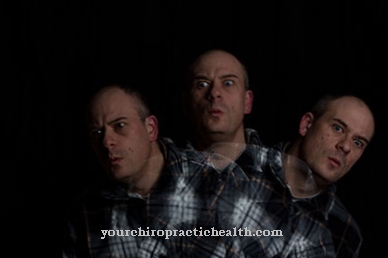

.jpg)
